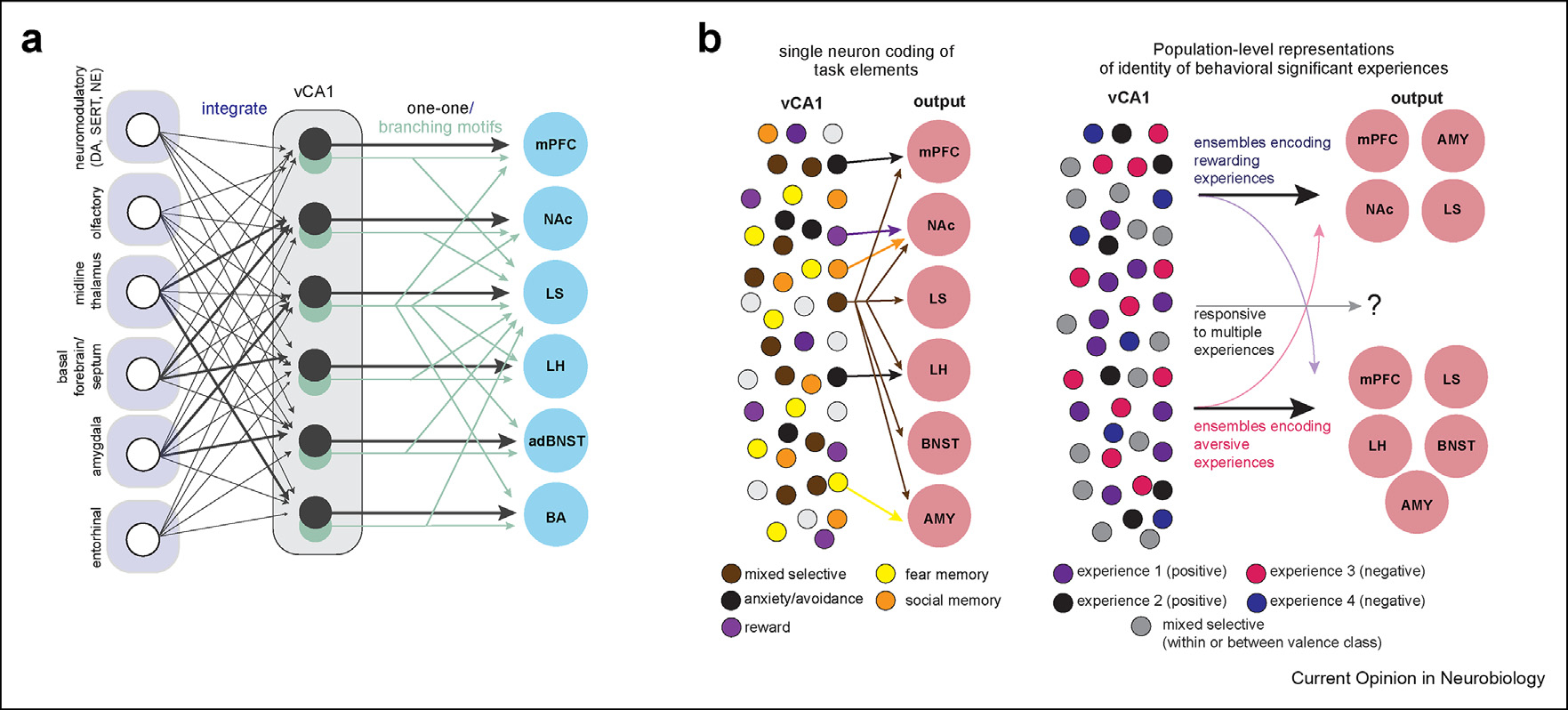Figure 2. Functional anatomy of the vCA1 circuit.

a. Input-output organization of a subset of vCA1 connections. Modified from Ref. [15]. Based on the analysis of six projection targets of vCA1, it is believed that vCA1 largely integrates input, with some biases in the proportion of upstream input. Output to downstream areas is either via one-to-one connections (black) with a given target or connections that branch to multiple downstream areas (light green). It is important to note that this anatomical map is incomplete, as vCA1 receives input from other areas and sends output to several downstream targets not depicted here, and organizational principles to these areas remain unclear. b. Potential anatomical-functional relationships in vCA1. Left. In this well-studied scenario, single neurons encode diverse stimuli and serve different behavioral functions, and this is parcellated into distinct projection streams. Examples of this scenario include the finding that social memory is encoded in vCA1-NAc projections [47] while vCA1-LH neurons encode anxiety-related stimuli [9]. Right. In an alternate, non-exclusive situation, populations of vCA1 neurons encode behaviorally significant experiences [33], and vCA1 ensembles discriminate based on whether the experience is one that promotes approach or avoidance. Then, these ensembles interact with appropriate downstream areas for action selection. Whether different stimuli of the same valence class are encoded by distinct ensembles of neurons, and how different ensembles that encode different salient stimuli route this information to downstream areas remains an open area of investigation.
